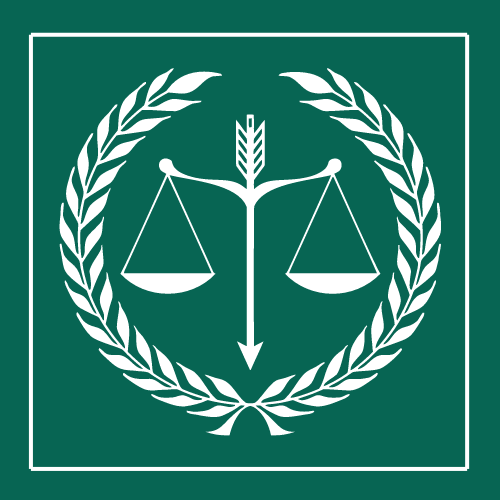When facing a Medicaid application, many people worry about how much money they can keep. At BruegelPC, we often hear this question from clients. Medicaid rules are complex and understanding them is crucial. Let us guide you through the key details to help you safeguard your future.
As demonstrated by Medicaid.gov, Medicaid typically allows individuals to have up to $2,000 in resources. For couples, the limit is usually $3,000. These limits can vary by state and specific Medicaid programs.
Understanding Medicaid Asset Limits
To qualify for Medicaid benefits, a person must meet stringent asset limits.
Basically, these limits change depending on the state and can involve things like savings accounts, stocks, and property. Some assets don’t count towards the limit. Medicaid has rules about how you can transfer or give away assets to qualify for benefits. Knowing these asset limits is key to seeing if you can get Medicaid.
In a basic sense, not following these rules can lead to getting denied or facing penalties. It’s a good idea to talk to a Medicaid advisor or financial planner to make sure you’re following the rules. Understanding these limits is important for people looking for long-term care and medical help through Medicaid.
Income Restrictions for Medicaid
Income restrictions for Medicaid vary by state, reflecting unique regional cost-of-living considerations and local economic factors.
By and large, these rules are based on the federal poverty level, which considers how much money your household makes and how many people are in your family. Medicaid is designed for people with low incomes, so those who earn more might not qualify. Generally, to get Medicaid, you need to have an income below a certain limit.
Let me explain, however, some states have made it so you can qualify even with a slightly higher income. Each state has different rules, so it’s important to check what’s required where you live. If your income is too high, you might not be able to get Medicaid and will have to look for other health insurance options.
What Counts as Assets for Medicaid
As we summed up before, assets for Medicaid can encompass varied holdings such as bank accounts, real estate, vehicles, stocks, bonds, retirement funds, and valuable possessions, all of which could potentially be liquidated to cover healthcare costs.
So to speak, when deciding if someone can get Medicaid benefits, the program checks all the things they own, whether it’s a single person or a couple. Some items, like your main home, personal stuff, and a car you use for getting around, don’t count.
To be brief, but other things you own do count and must be reported, as they can affect whether you qualify for Medicaid. It’s important to know which things are considered assets and to report them correctly to avoid any problems.
How to Qualify for Medicaid

Continuing from the last point qualification for Medicaid involves meeting specific income and asset criteria established by your state.
At the base, you’ll need to show proof of your income, assets, and other financial details that your state’s Medicaid program asks for. You might also have to meet certain requirements based on your age, disability status, if you’re pregnant, or if you have children who depend on you. It’s important to look up and understand the specific rules for Medicaid in your state.
Broadly speaking, make sure to give accurate and current information when you apply.
If you qualify, you’ll be enrolled in Medicaid and can use the healthcare services it covers. Remember, Medicaid rules and coverage can change, so stay informed and keep your information updated to make sure you stay eligible for the program.
Exemptions to Medicaid Asset Limits
Thinking again about what was said, certain assets, like a primary residence or personal belongings, are often exempt from Medicaid asset limits when determining eligibility for benefits.
Honestly, the rules for what assets can be exempt from Medicaid limits differ by state, but usually include things like your main home, a car for getting around, household items, personal stuff, and life insurance with a low value.
Certain trusts, retirement accounts like IRAs and 401(k)s, and some income-generating properties might also be exempt. By definition, some states also allow exemptions for pre-paid funeral plans and money set aside for disability expenses.
You need to meet both income and asset limits to qualify for Medicaid, and the specifics of what counts as exempt can change based on where you live. It’s best to talk to a Medicaid expert or caseworker to find out what exemptions apply to you.
Bringing it All Together
Repeating past discussions, in conclusion, Medicaid eligibility is based on financial need, with specific income and asset limits varying by state. Generally, individuals must have limited income and resources in order to qualify for Medicaid coverage.
What BruegelPC is finding good to is, as of 2021, Medicaid allows individuals to have up to $2,000 in countable assets while couples can have up to $3,000. These limits ensure that those most in need have access to essential healthcare services.

